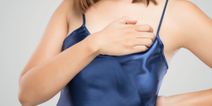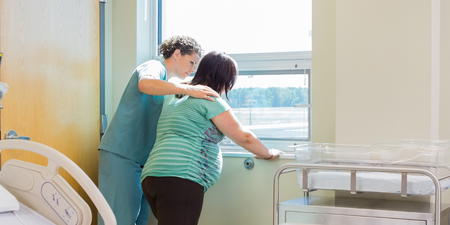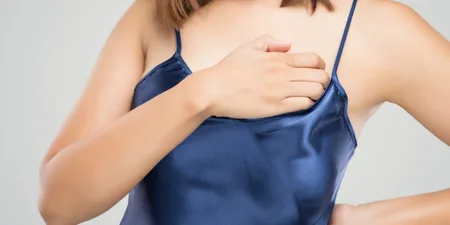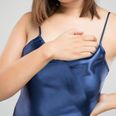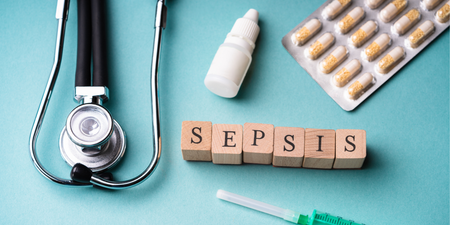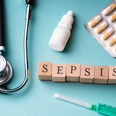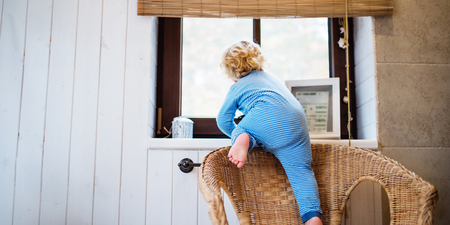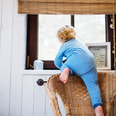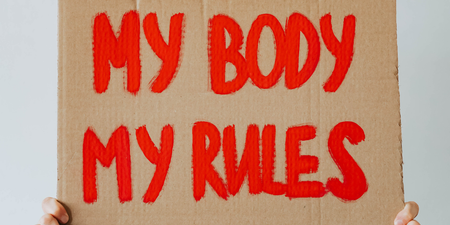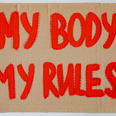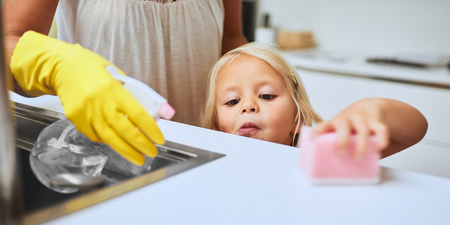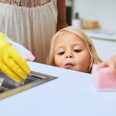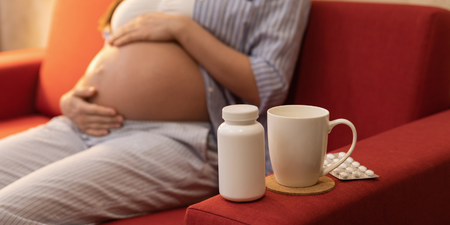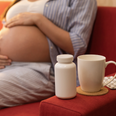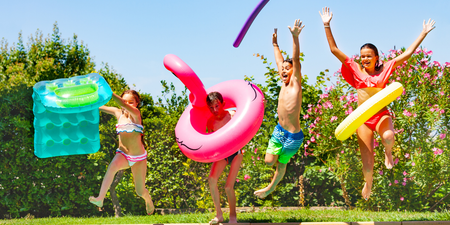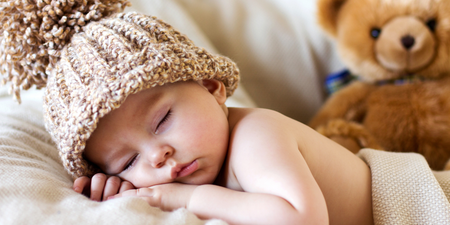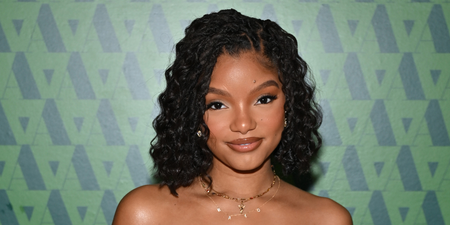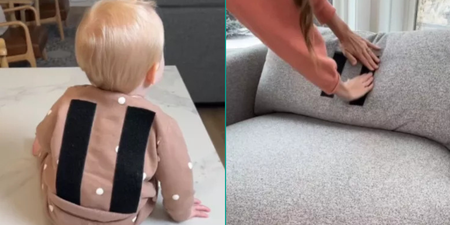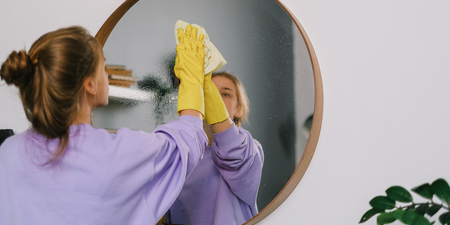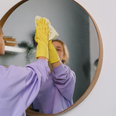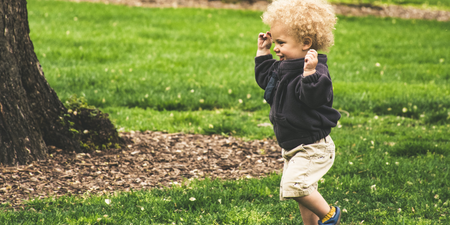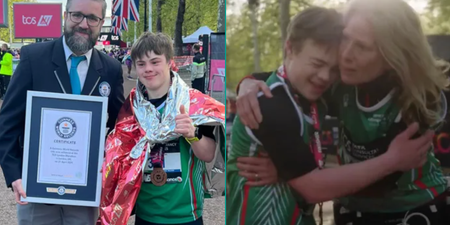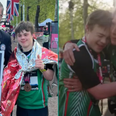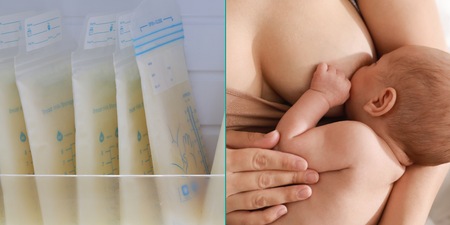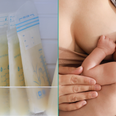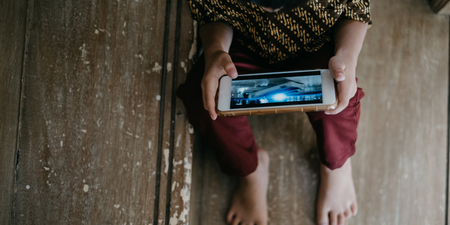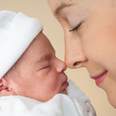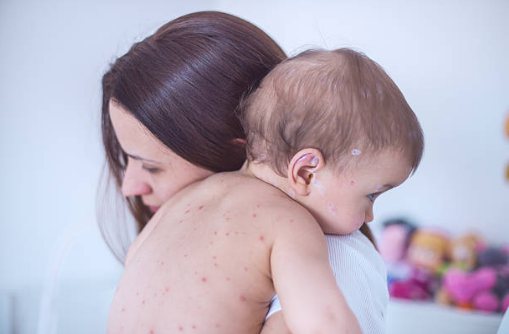Sometimes (and especially if you are the parent of a small child and therefore at your wits’ end most of the time) there is nothing like a glass of wine at night to celebrate that the kids’ bedtime has come and gone.
The thing is, if this glass (or more) of wine is a nightly happening and not something that takes place only once in a while, chances are you are ruining your looks with your little relaxation habit.
According to UK-based naturopathic doctor and skincare specialist Nigma Talib – who treats celebrities such as Sienna Miller and make-up guru Charlotte Tilbury – food and drink has a direct and sometimes instant impact on our faces, resulting in what she calls ‘dairy face’, ‘wine face’, ‘sugar face’ and ‘gluten face’.
Yikes.
“The second a patient walks into my clinic, I can immediately tell the sort of foods and drink they tend to over-eat just by checking the way their face is ageing,’ Talib explains to MailOnline. “In fact, I often find myself reading random faces in the street. I want to run up to strangers and tell them to cut milk out of their diet or hold back on the pasta as it is so clear from their complexion that their diet is doing them harm.”
Face mapping, or the idea that your face can give away the truth about your health, is, according to the expert, nothing new and has been a strand of ancient medicine, much the same way as reflexology has, for centuries.
“Any issues with the digestion of certain foods or alcohol can cause a cascade of chemical and hormonal changes that speed the ageing process internally and externally, with the results swiftly showing on your face.”
When it comes to wine and the effect our collective favourite beverage has on our faces, here is what you should look out for:
Typical symptoms of wine face: Pronounced lines or redness between the eyes, droopy eyelids, enlarged pores, dehydrated skin with feathery lines across cheeks, reddish cheeks and nose, deep nasolabial folds.
“I call this ‘wine face’ because these characteristics are so distinctive of women who enjoy a glass or two on most nights of the week, but the truth is these ageing characteristics can be triggered by any kind of alcohol,” Talib says, and explains how the space between your eyes is associated with the liver in Eastern medicine. “Alcohol dehydrates the skin, which worsens the look of fine lines and wrinkles. The deeply ageing nasolabial lines, which run from nose to mouth, can lift and lighten as soon as you stop drinking and become rehydrated.”
In other words; cutting down on your wine habit can bring almost instant results to your face.
One of the major problems with wine is the high sugar content. “Alcohol is high in sugar, which damages the protein collagen – vital for keeping skin elastic – causing enlarged pores and droopy eyelids.” As well as this, Talib explains how alcohol can cause an inflammatory process to take place in your skin, resulting in highly coloured cheeks and a red nose.
The solution (whether you like it or not): Cut. Back.
“I recommend taking a short alcohol break (three weeks, to allow your gut to rebalance) then sticking with an 80/20 rule,” the expert explains. “Abstain for 80 percent of the time, but enjoy an odd glass in the other 20 percent. And when you drink, choose lower-sugar wines such as sauvignon blanc, pinot grigio, merlot or pinot noir.”
How often do YOU enjoy a glass of wine at night, dear readers? Would YOU be able to stick to the 80/20 rule, or are you less concerned about what wine might be doing to your face and more concerned with it being you main method of winding down at night? Let us know in the comments or tweet us at @Herfamilydotie




